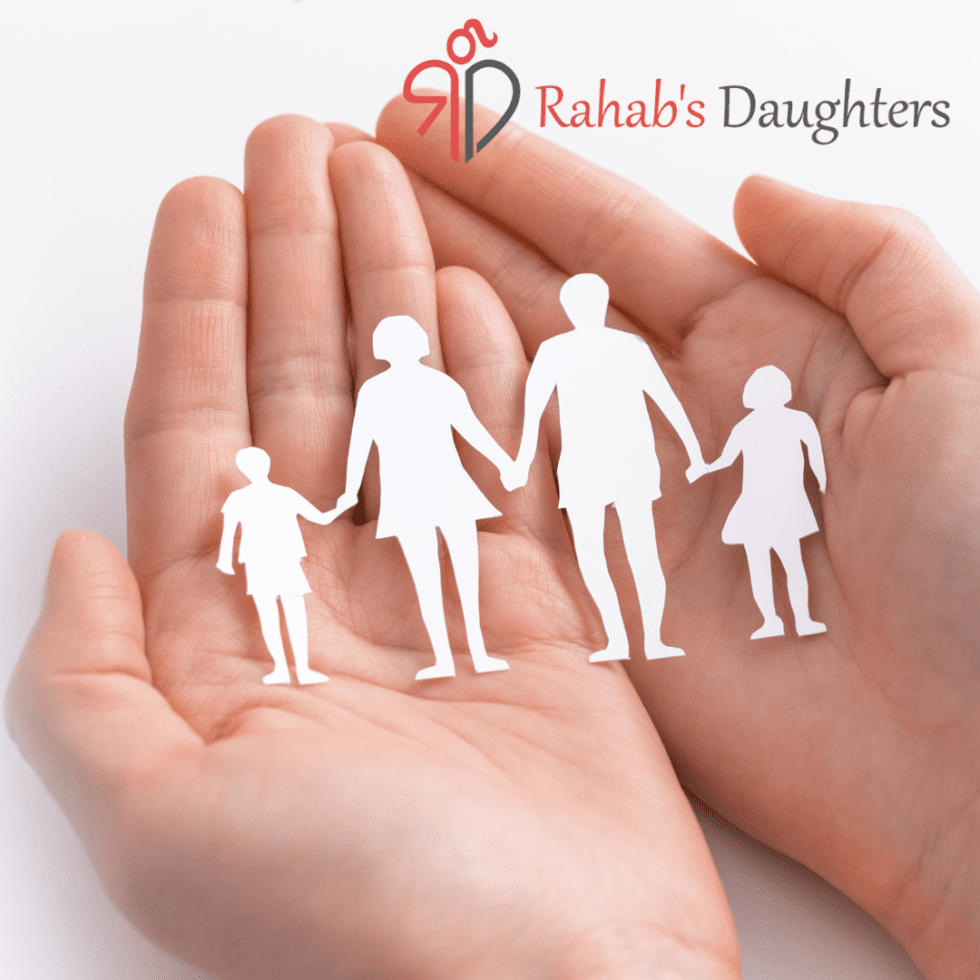The Missing Children No One is Looking For: How The Foster System Feeds Human Trafficking

This is a difficult post to write. The issue of human trafficking is vast, and can seem overwhelming. At Rahab’s Daughters, we tackle the problem in our chapter communities and at large events where we can make an immediate impact, but in this entry, we are taking a look at how children in the foster care system are vulnerable to sex trafficking and labor trafficking.
In every society, there are so many places where people live in the margins or slip through the cracks. It is, unfortunately, a reality of the way our economic and social systems function. Politicians argue over how best to solve these issues and individuals form charitable organizations to alleviate suffering. We all do what we can to provide solutions. We have a blind spot, though, when it comes to systems that deal with children, particularly the foster system. We often hear that the system is broken. We know the system is underfunded and understaffed, but do we know exactly what that means?
We don’t want to believe that a system that provides for children and places them in homes can be so fraught with problems, but the truth is, the foster system is a haven for predators and rife with fraud. Children placed in its care are exploited for sex trafficking and labor trafficking, and many go missing. The statistic most often cited comes from research done by Eric Rasmussen and Erin Smith in Boston “Since 2000, federal records show child welfare agencies across the country closed the cases of more than 53,000 foster kids listed as “runaway” and at least another 61,000 children listed as “missing.””
That is over 100,000 children missing from the system. Let that sink in. There are more than 100,000 children, who should be in loving homes, missing and unaccounted for in our foster system. It is important to note that the numbers are already two years old. The problem has only gotten worse since, and with the pandemic, oversight of children in foster care has gotten worse.
According to the Human Rights Project for Girls, evidence suggests that at least 60% of children who are sexually exploited come from the foster system. 60%. Many of these children are exposed to or forced to participate in the production of pornography, an industry we know is driven by human trafficking.
Some of the factors that make children in the foster system ideal targets for traffickers include
- Foster children are in search of loving, familial relationships leaving them vulnerable to connections with anyone who provides some attention and/or love.
- Foster children are often connected to some income provided to their caregivers, which can lead them to estimate their self-worth in dollars and not in their intrinsic humanity.
- Poor oversight and screening of foster families.
- Underfunded and undervalued social workers who have too many cases to track.
There are more factors at play as well, but those listed above are the main factors that drive the connection between trafficking and the foster care system. What can we do about the number of missing and exploited children in the foster system?
- Contact your senators and congress person. Demand they hold hearings on the state of the foster care system, and prioritize program reforms in the federal budget.
- Do the same thing at the state level.
- Demand investigations into the disappearance of children from the foster system.
- Take our pledge to #stopthedemand
It is up to all of us to demand changes that make the foster system the protective haven it should be. Even if you are not a foster parent it doesn’t mean you don’t have a stake in making sure the most vulnerable among us have the love and support they deserve. To learn more about the links between human trafficking and the foster care system, read this report from Child Welfare Information Gateway.
